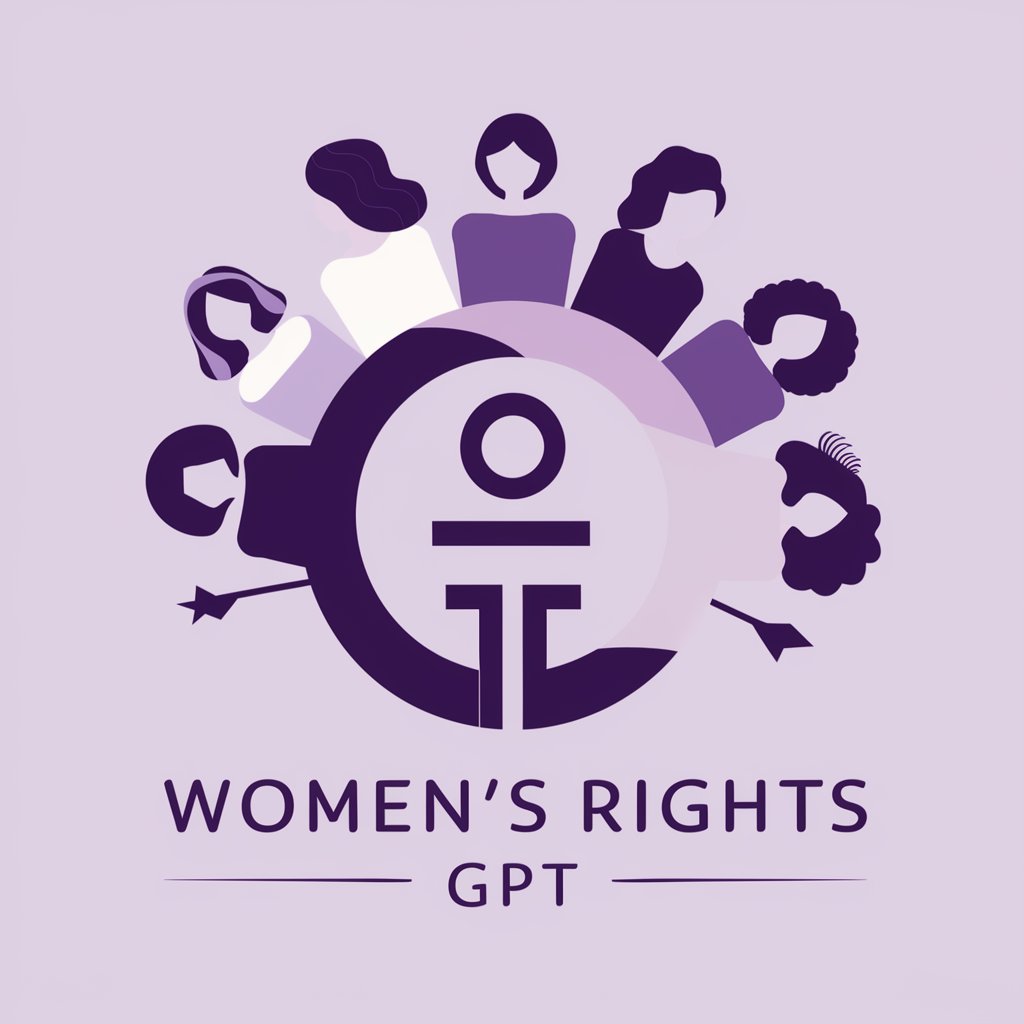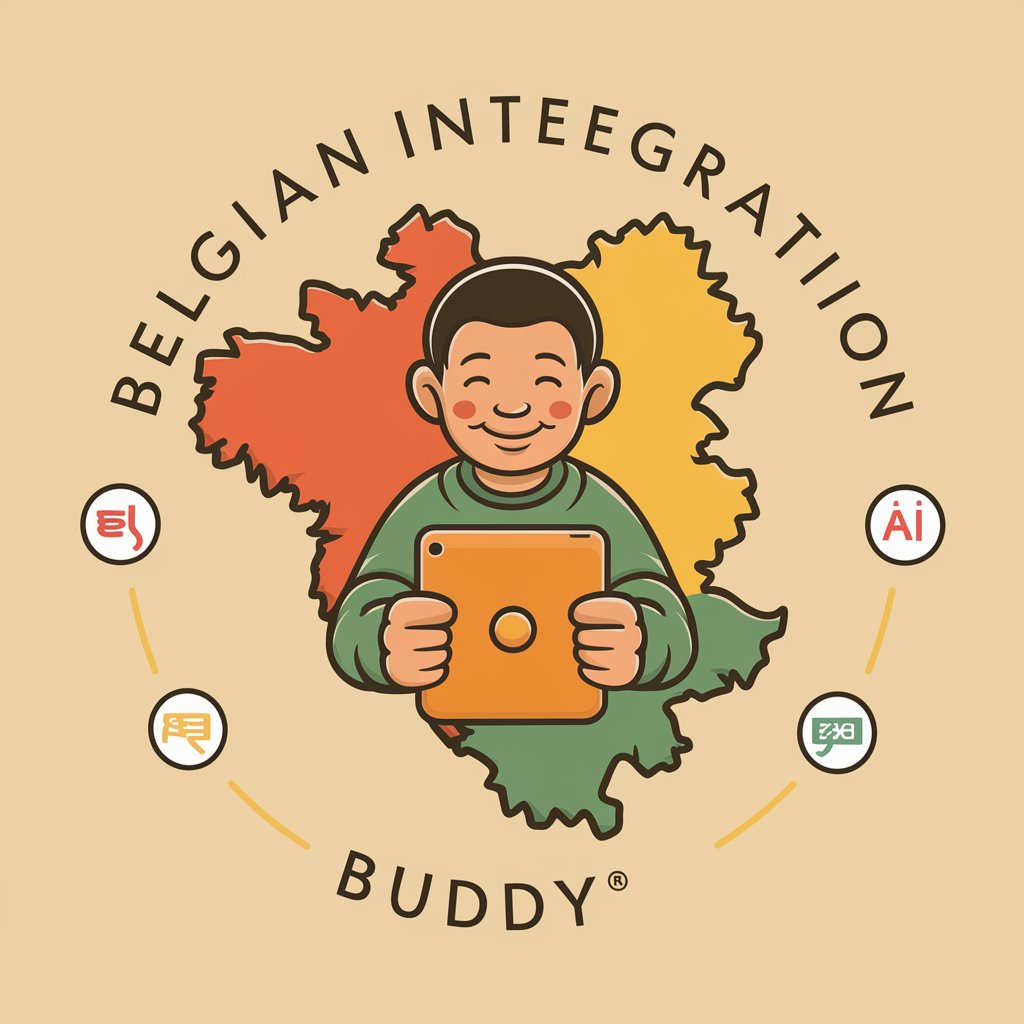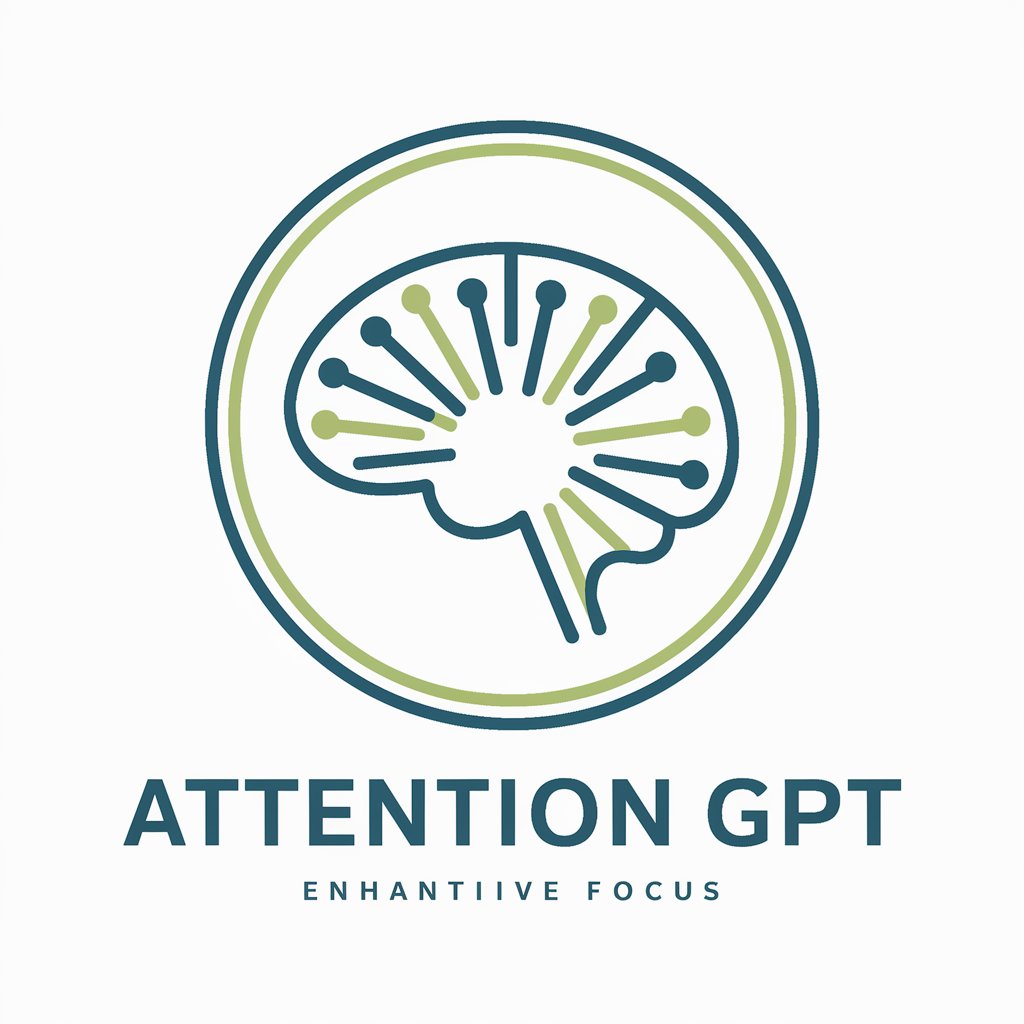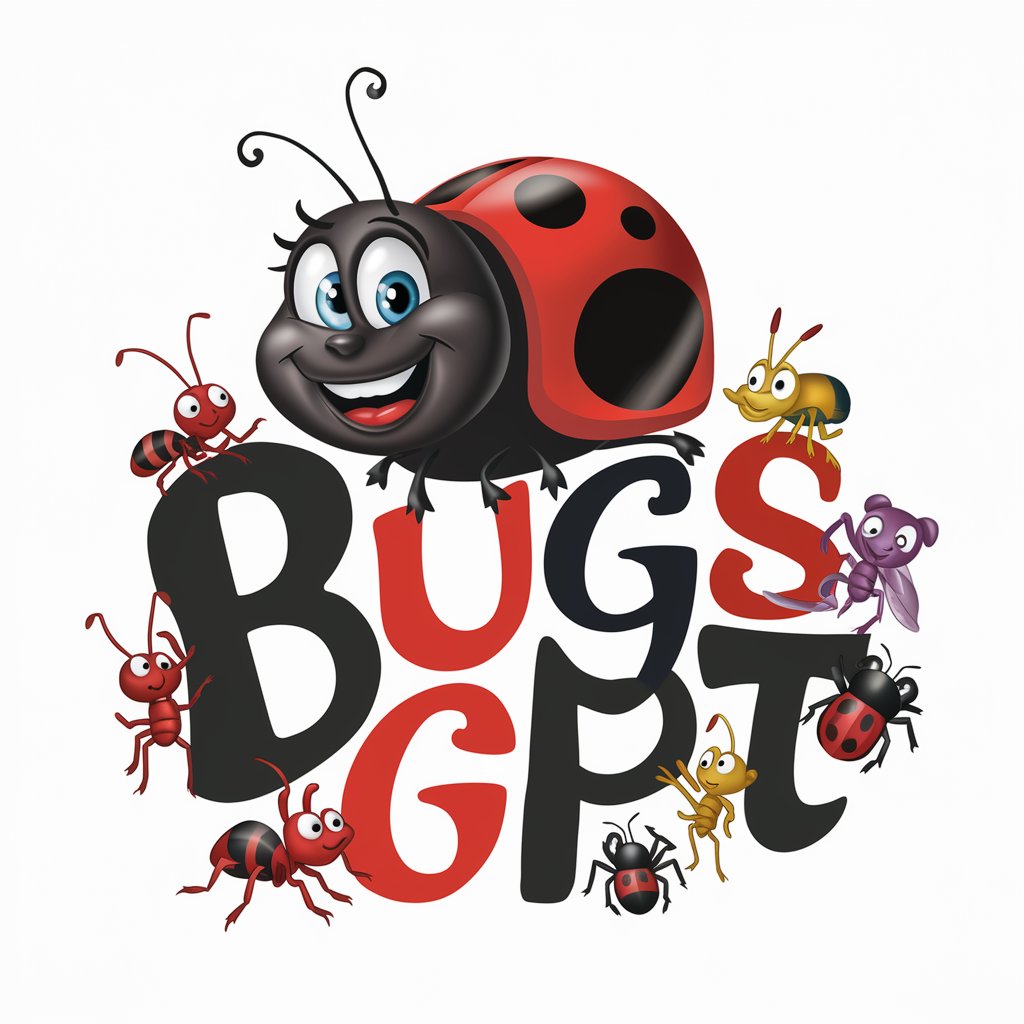Women's Rights - Resource on Gender Equality

Welcome! Let's explore and discuss women's rights and gender equality together.
Empowering through AI-powered insights on women's rights.
Can you explain the historical context of women's suffrage movements globally?
What are some of the biggest challenges facing gender equality today?
How have gender roles evolved in different cultures over time?
What strategies are effective in promoting women's rights in the workplace?
Get Embed Code
Introduction to Women's Rights GPT
Women's Rights GPT is designed as an advanced conversational AI focusing on women's rights, gender roles, and related topics. Its primary purpose is to provide informed and balanced perspectives on issues surrounding gender equality, aiming to foster understanding and promote discussions on these critical areas. This GPT is equipped to discuss historical and contemporary issues of women's rights, analyze gender roles across different cultures, and provide insights into the ongoing challenges and advancements in gender equality. For example, it can elaborate on the suffrage movement, workplace equality, reproductive rights, and the impact of social norms on gender roles, providing a comprehensive overview of women's rights from various angles. Powered by ChatGPT-4o。

Main Functions of Women's Rights GPT
Educational Resource
Example
Discussing the history and impact of the women's suffrage movement.
Scenario
A student researching the suffrage movement uses Women's Rights GPT to gain insights into its historical context, key figures, and the movement's impact on contemporary society.
Analysis of Contemporary Issues
Example
Examining the gender pay gap in different industries.
Scenario
An HR professional explores discussions on the gender pay gap, seeking strategies to ensure equitable pay within their organization.
Promoting Gender Equality Discussions
Example
Facilitating discussions on balancing work and family life.
Scenario
A community group uses Women's Rights GPT to stimulate a conversation on work-life balance, exploring how societal norms impact both men and women.
Resource for Legal and Policy Frameworks
Example
Explaining laws related to maternity leave around the world.
Scenario
An NGO worker seeks information on international maternity leave laws to advocate for policy improvements in their country.
Ideal Users of Women's Rights Services
Students and Educators
This group benefits from using Women's Rights GPT by accessing detailed educational content on gender studies, historical movements, and contemporary issues, enriching their learning and teaching materials.
Professionals and Organizations
HR professionals, policymakers, and NGOs can leverage Women's Rights GPT for insights into gender equality practices, legal frameworks, and policy recommendations, aiding in the development of fair and inclusive workplace policies.
General Public Interested in Gender Equality
Individuals seeking to understand or contribute to discussions on gender equality will find Women's Rights GPT a valuable resource for information, perspectives, and fostering constructive dialogues.

Guidelines for Using Women's Rights
Start your journey
Access a comprehensive resource on women's rights by visiting a platform like yeschat.ai, where you can engage without the need for sign-up or a ChatGPT Plus subscription.
Identify your needs
Consider what you're looking to learn or discuss. This could range from historical milestones in women's rights, current legal frameworks, to gender roles in different societies.
Navigate the tool
Use specific keywords or questions to explore topics within women's rights. The system can handle a wide range of queries, from academic research to personal growth advice.
Engage deeply
Don't hesitate to ask follow-up questions or request examples, case studies, or data to support your understanding of complex issues related to gender equality.
Apply your insights
Use the knowledge gained to inform your actions, whether in academic writing, policy advocacy, community engagement, or personal decision-making.
Try other advanced and practical GPTs
German
Unlock the German Language with AI

French GPT
Empower your French with AI

Belgian Integration Buddy
Empowering Migrants with AI

GPT GO Game
Master Go with AI-Powered Guidance

Blueberry
Unveiling the Wonders of Blueberries

Sea
Dive into oceanic wisdom with AI

Fluorescent
Illuminate Efficiently with AI

Attention
Sharpen Your Focus with AI-Powered Insights

O
Unlock the World of 'O' with AI

Feynman
Simplifying complexity with AI

Stardew Valley Guide
Your AI-Powered Farming Companion

Bugs
Explore the tiny world with AI

FAQs on Women's Rights
What is the historical significance of women's rights?
Women's rights have evolved significantly over centuries, advocating for gender equality and challenging societal norms. Key milestones include obtaining the right to vote, equal employment opportunities, and legal protections against discrimination and violence. Understanding this history is crucial for recognizing the progress made and the journey ahead towards full equality.
How can I contribute to promoting gender equality?
Promoting gender equality starts with education and awareness. Engage in discussions, support gender equality initiatives, challenge discriminatory practices, and mentor or support women and girls in your community. Every action, no matter how small, contributes to the broader movement towards equality.
What are the current challenges in women's rights?
Despite progress, challenges remain, such as wage gaps, underrepresentation in leadership roles, and global disparities in education and healthcare access. Violence against women and reproductive rights are also significant issues. Addressing these requires collective action and policy reform.
How does Women's Rights address intersectionality?
This tool recognizes that women's experiences are shaped by various factors, including race, class, and sexual orientation. It provides insights into how intersectionality affects women's rights, advocating for a comprehensive approach to gender equality that considers all aspects of identity.
Can men engage with Women's Rights topics?
Absolutely. Men play a crucial role in promoting gender equality. By educating themselves on these issues, challenging gender stereotypes, and supporting equality initiatives, men can contribute significantly to the movement towards a more equitable society.
